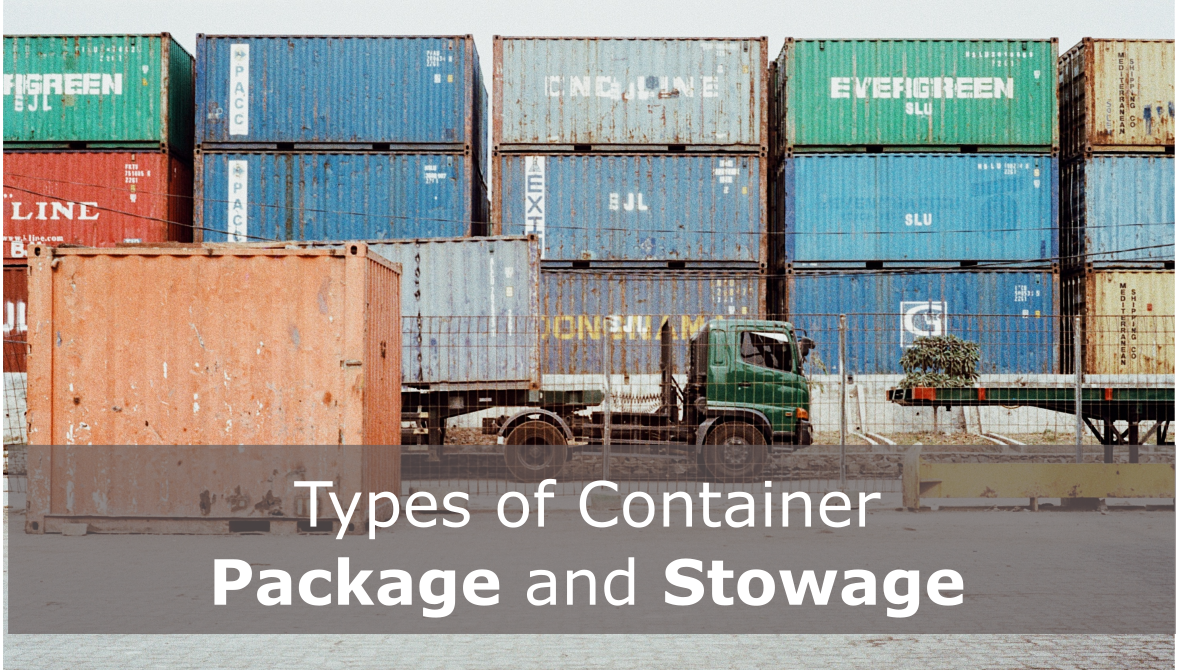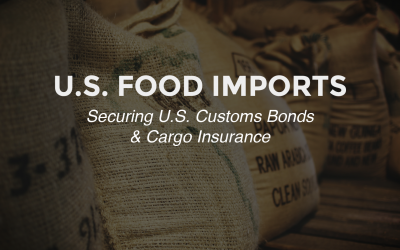Packing a shipping container requires different techniques for different goods. Learn a variety of package and stowage methods.
What is Container Package and Stowage?
Container package and stowage are the different techniques used to pack goods into shipping containers. This variety of techniques provide ways to pack any product into a shipping container. If done correctly, packaging and stowage can help you save money on imports and reduce the number of goods damaged during shipping.
Types of Package and Stowage
- Floor Loading
Floor loading is exactly what it sounds like, loading goods starting from the bottom of a shipping container. It is a common form of packing because it optimizes space without the use or pallets or crates. Because of this, all packages need to be loaded and unloaded by hand. Floor loading is considered a risky method of packing a shipping container, there is little protection from impact or water damage because goods are stacked on the ground. - Pallets
Pallets are almost a standard for shipping, about any good can be secured on a pallet. Pallets protect goods from contact with water, support and keep shipments together, and provide an easy way to load and unload goods. For international shipping, there are standards which pallets must meet, they either need to be heat treated or chemically treated. - Shrink/Stretch Wrap
Shrink wrap is commonly used when packing a shipping container, products are wrapped together and then to a pallet. Shrink wrap helps secure goods to pallets, reduces product loss, protects from dust and weather, and discourages product theft. - Boxes and Cartons
Boxes and cartons are another commonly used packing method. For international shipments strong boxes of paper or cardboard are created to store goods inside. Boxes may be stuffed with foam or other protective materials to separate goods Boxes and cartons can be stacked from the floor or strapped to pallets. - Drums and Barrels
Drums and barrels are usually used to transport liquids or powder. When packed in a shipping container, drums and barrels should be upright and separated from each other by some form of a median. Drums should also be secured in place with banding, ropes, straps, or netting near the doors. - Rolls
Rolls can contain anything from carpets to construction materials. They can be stored horizontally or vertically. When stored vertically, rolls need to be packed closely together and dead space needs to be filled with some form of a soft divider. When store horizontally, rolls nearest to the doors need to be secured by wedges to prevent movement. - Liners
Liners can be used to transport loose goods such as grains. Liners need to be attached to the lashing points across the sides and walls of the container. Moisture can be a concern using liners when packing a shipping container, there can be exposure to humidity and other liquids. - Crates
Crates can come in any shape or size depending on the contents. They are usually created custom for the goods being transported. Along the frame of crates are diagonal braces, going from one corner to another for support. - Bags
Packing a shipping container with bags is another common method of transportation. From coco beans to printing ink, many things can be transported in bags. For some products such as coffee beans, moisture absorbing bags should be installed in the container. When transporting products such as wine or latex in bags, huge ‘flexi-bags’ of materials are stored in 20’ dry containers. If flexi-bags are used, it is important to bar the end of the container with strong steel or other material. - Spools and Reels
Spools can come in many different sizes and materials. There is no specific way spools need to be packed in a shipping container, they can be stacked accordingly depending on the material stored on the spool. - Garments on Hangers
Quality clothing needs to be hung when transported. Because of this, shipping containers with metal bars hung across the container are used to hang garments. Additionally, all garments should be stored in plastic to prevent staining.
How Could Your Container Package and Stowage Affect Your Cargo Insurance?
Practicing good package and stowage techniques is the best way to protect your shipments of goods. But, how can this affect your cargo insurance? Well, packaging is one of the main factors that affect your insurance premium and is very important to underwriters. Some insurance policies actually specify certain packaging requirements. If you can prove that you are practicing top notch packing techniques, you may even be able to lower your cargo insurance premium. On top of insurance, Customs can hold up your shipment because of improper packing.







![[Webinar] 2023 Q2 International Trade Update](https://traderiskguaranty.com/trgpeak/wp-content/uploads/2023/08/2023.07_Q2-International-Trade-Update_Page_01-400x250.png)